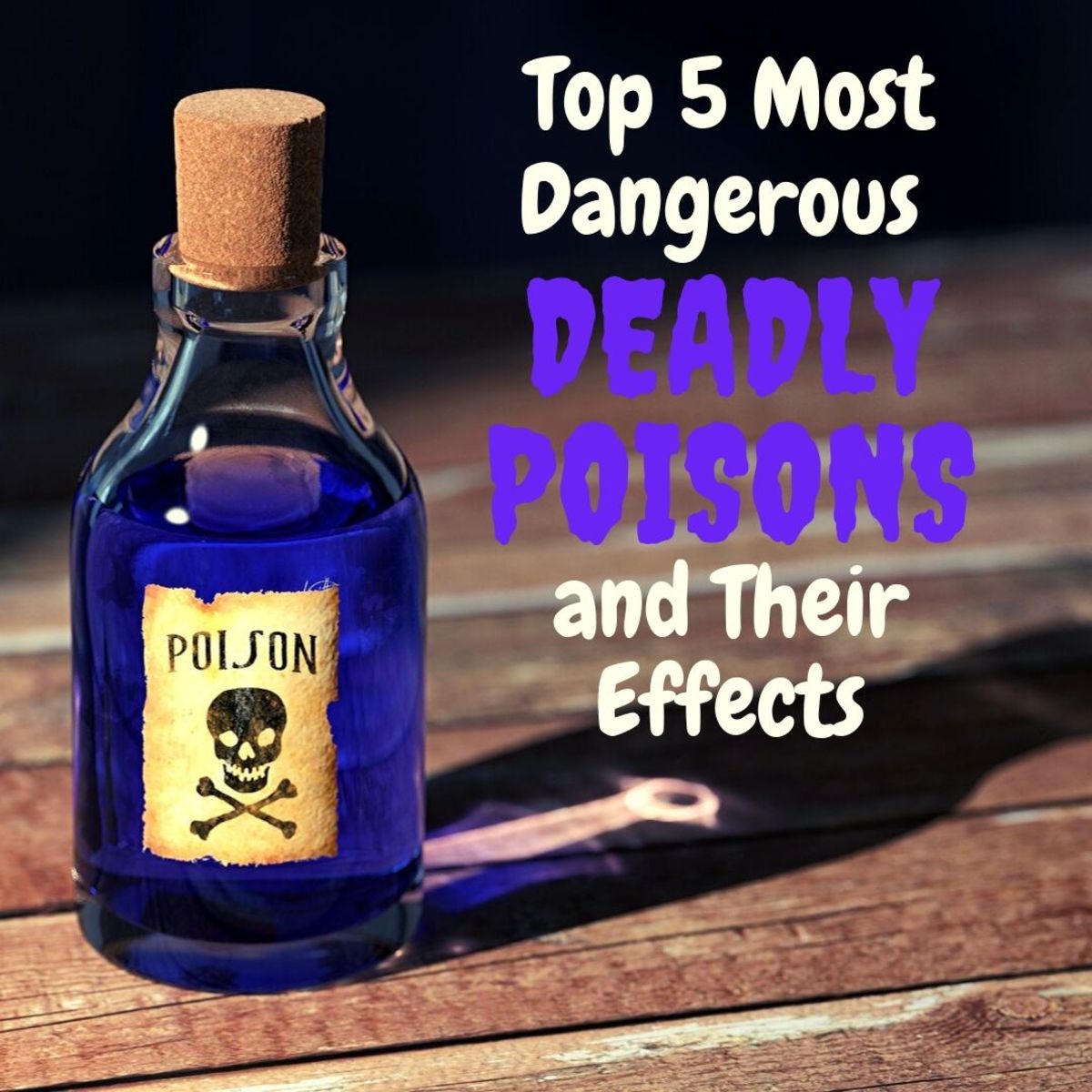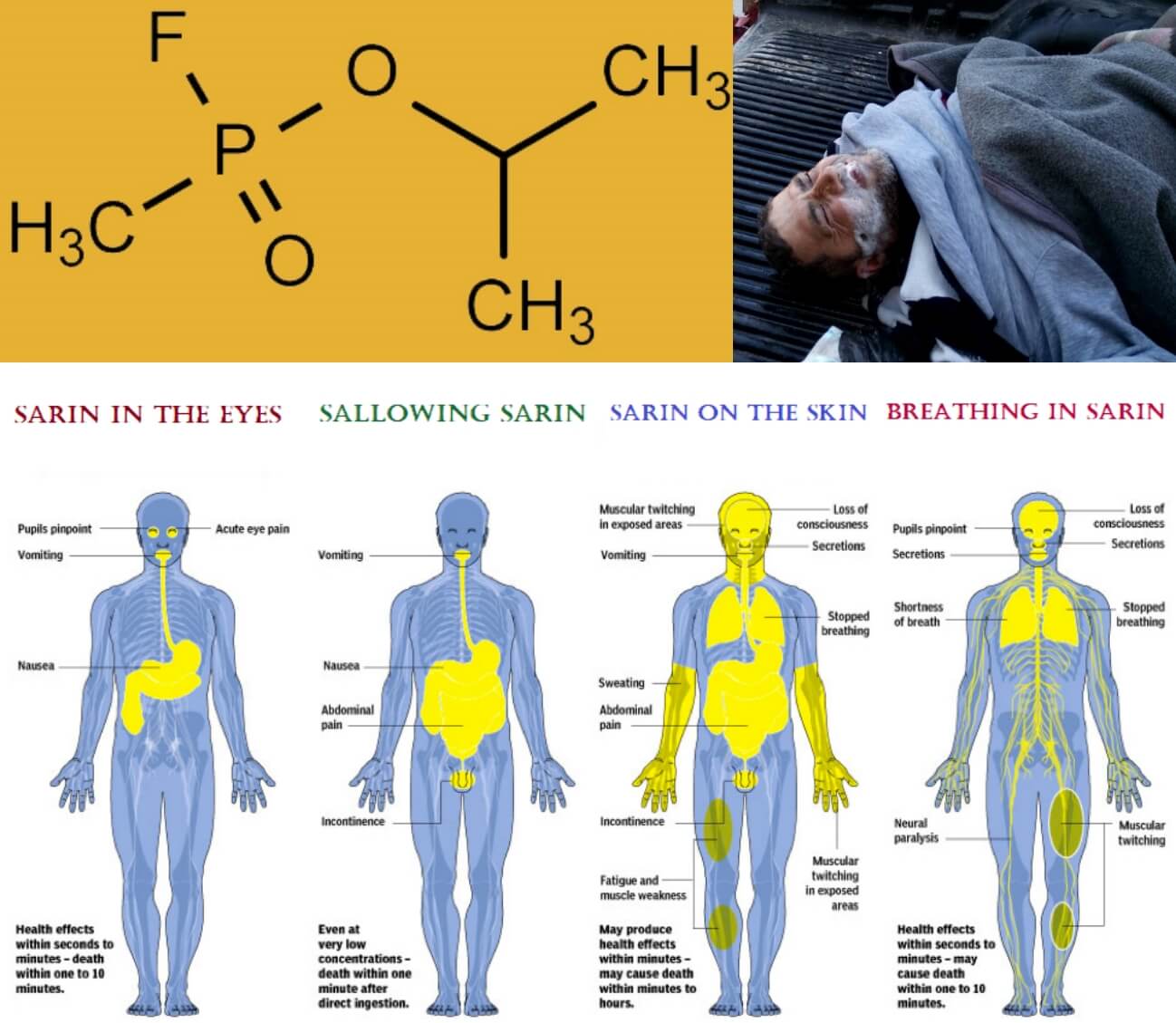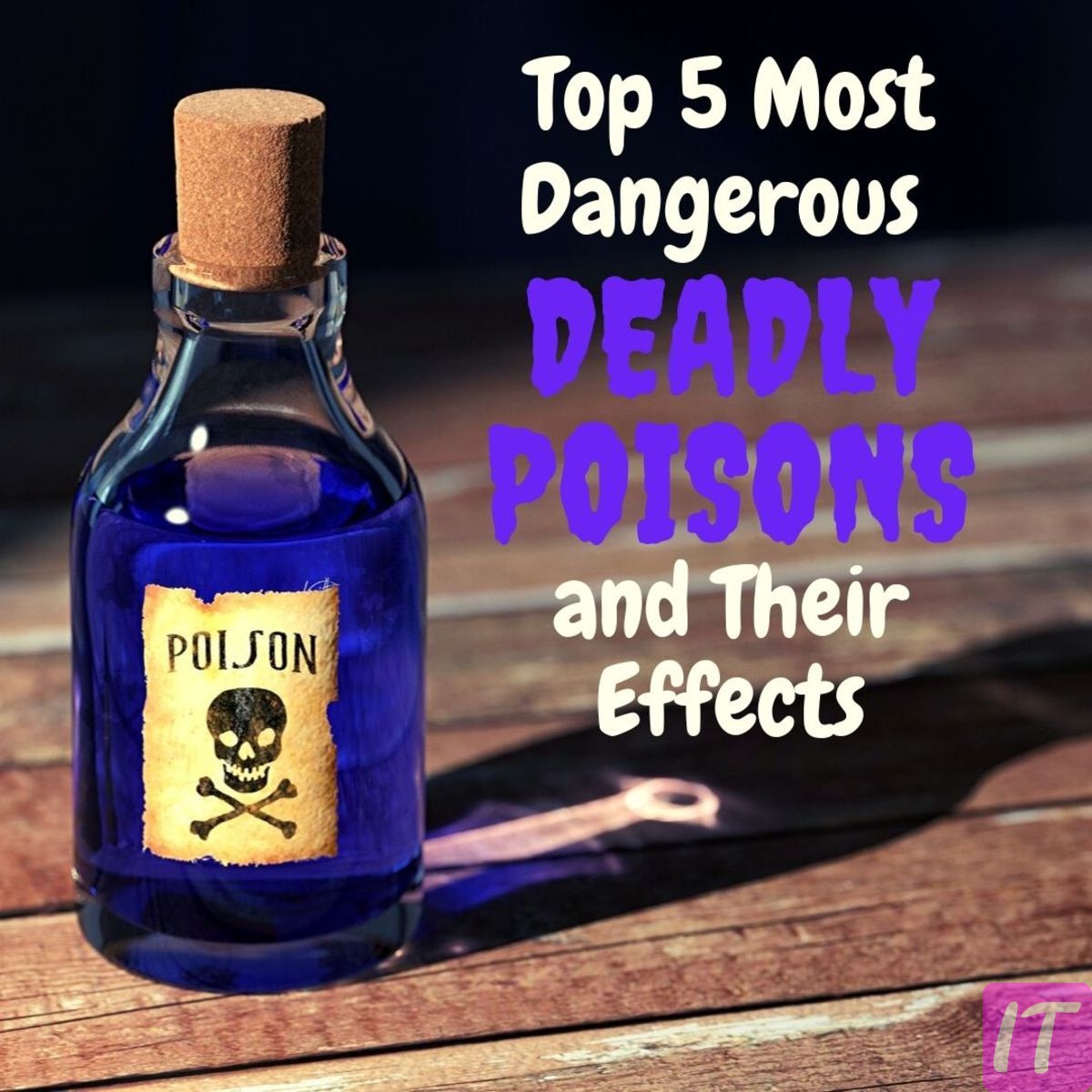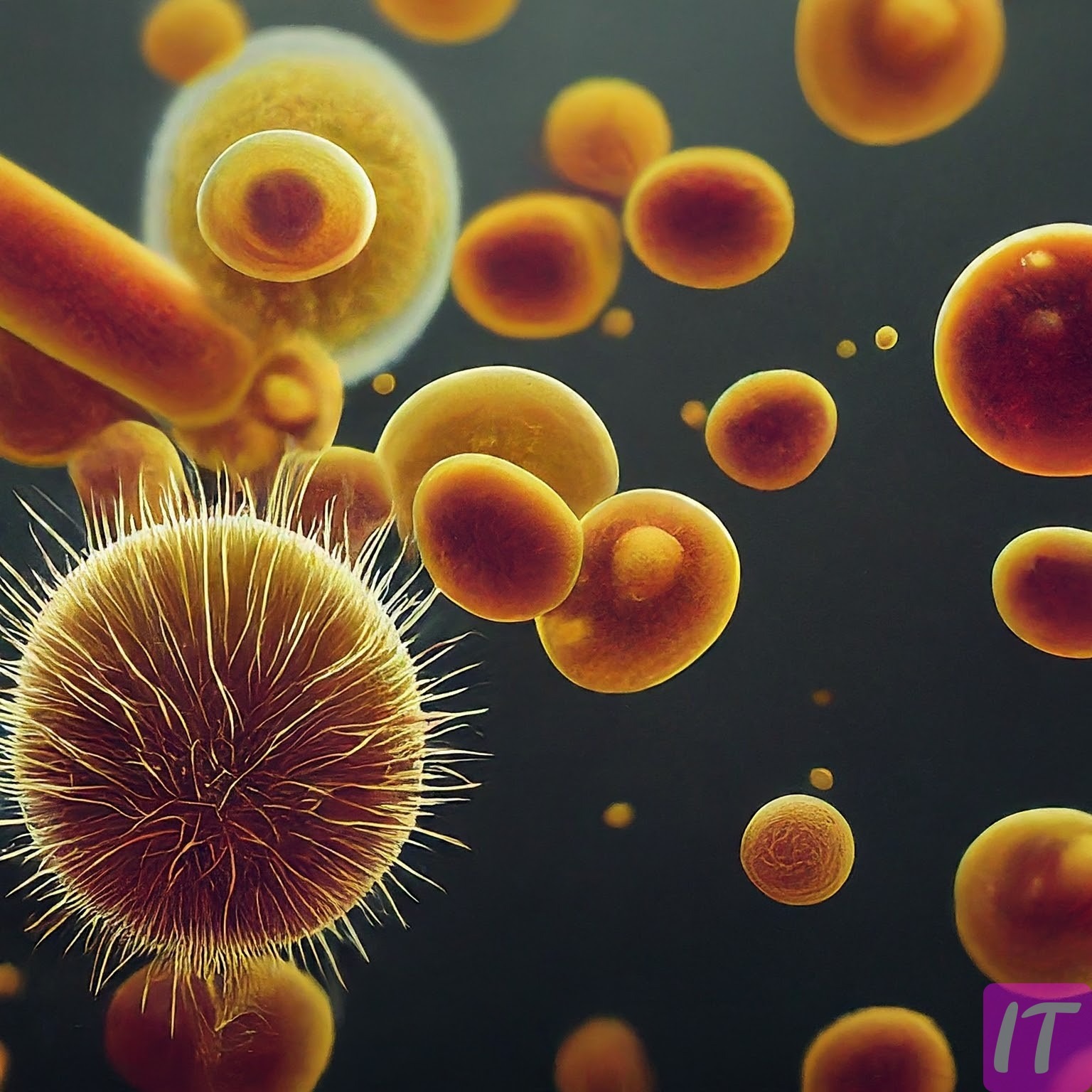Picture a substance so potent that even a minuscule amount can kill an adult human in minutes. This is the reality of botulinum toxin, the deadliest poison known to science. A single gram of crystalline botulinum toxin can kill over a million people, making it a significant point of interest in toxicology.
Botulinum toxin works by blocking nerve signals to muscles, causing paralysis. Even minute exposure can lead to respiratory failure and death if not treated promptly. Historically, it has been both feared as a biological weapon and lauded for its medical and cosmetic applications like Botox, despite its lethal potential.

Understanding Botulinum Toxin: The Strongest Poison in the World
Botulinum toxin is produced by the bacterium Clostridium botulinum. This toxin is incredibly potent, with just a tiny amount being able to cause severe illness or death. Interestingly, it works by blocking nerve signals. This leads to muscle paralysis, which can be fatal if it affects muscles needed for breathing.
One reason botulinum toxin is so dangerous is its extreme potency. A single gram of this toxin can kill a million people. Because of this, it is classified as a Category A bioterrorism agent. This highlights the importance of understanding and handling it with extreme care.
On a molecular level, botulinum toxin binds to nerve endings, preventing the release of a neurotransmitter called acetylcholine. Without acetylcholine, muscles cannot contract. This can result in muscle weakness, difficulty swallowing, and even respiratory failure.
Despite its dangers, botulinum toxin has medical uses. In small, controlled doses, it can treat muscle spasms and even reduce wrinkles. Botox, a common cosmetic treatment, is a well-known example. This dual nature makes botulinum toxin both a deadly poison and a valuable medical tool.
What is the Botulinum Toxin?
Botulinum toxin is a substance produced by the bacterium Clostridium botulinum. It’s one of the most potent neurotoxins known to science. Even in tiny amounts, it can cause severe harm to humans and animals. This makes it both a fascinating and dangerous compound in the field of biology.
Botulinum toxin comes in several types. Each type affects the body slightly differently. The types are labeled from A to G, with Type A being the most well-known. This is the same variant used in medical and cosmetic applications like Botox.
In the environment, Clostridium botulinum bacteria can be found in soil and water. When conditions are right, these bacteria produce spores. These spores can then produce the botulinum toxin under low-oxygen conditions, like in improperly canned foods.
The effects of botulinum toxin on the body are profound. It targets the nervous system, leading to muscle weakness and paralysis. The severity of symptoms depends on the dose and type of exposure. Because of its potency, detailed knowledge and care are essential when handling this toxin.
Why is Botulinum Toxin considered the deadliest?
Botulinum toxin is considered the deadliest because of its incredible potency. A single gram of this toxin can kill a million people. This astonishing lethality places it in a category of its own among poisons. It’s so powerful that even tiny amounts can cause severe illness or death.
The toxin’s mode of action also contributes to its deadliness. Botulinum toxin blocks nerve signals, preventing muscles from contracting. This paralysis can affect vital muscles, such as those used for breathing. Without quick treatment, respiratory failure can occur.
Several types of botulinum toxin exist, but Type A is the most toxic to humans. Its effectiveness in tiny doses makes it a significant risk. Given its small lethal dose, strict regulations are in place to manage its use. This ensures safety in both medical applications and research settings.
The potential for misuse adds to its deadly reputation. Botulinum toxin is classified as a bioterrorism agent because of its potential to cause mass casualties. This label underscores the careful handling and security measures required. Understanding its risks helps manage its use responsibly.
If Botulinum Toxin is the deadliest poison, what makes it useful medically?
Botulinum toxin, despite being the deadliest poison, has remarkable medical uses. In tiny, controlled doses, it treats various medical conditions. For instance, it helps manage muscle spasms and stiffness. Conditions like cervical dystonia and chronic migraines benefit from these treatments.
One of the most popular uses is in the cosmetic industry. Known as Botox, the toxin reduces wrinkles and fine lines. It works by relaxing facial muscles, giving the skin a smoother appearance. This application has made it a household name.
Medical uses extend beyond just cosmetics and muscle spasms. Botulinum toxin treats excessive sweating, also known as hyperhidrosis. By blocking the nerves that trigger sweat glands, it provides relief to patients. This showcases its versatility in medical treatments.
The toxin is also effective in treating certain eye disorders. Strabismus, or crossed eyes, is one example. By weakening the overactive eye muscles, it helps correct alignment. This can improve vision in affected individuals.
There are also applications in treating bladder disorders. Botulinum toxin can reduce urinary incontinence in adults. It does this by relaxing the bladder, making it less likely to contract uncontrollably. This offers significant relief for those with this condition.
This broad range of applications highlights why botulinum toxin is valuable in medicine. Proper dosage and careful administration make its benefits far outweigh the risks. Its controlled use has improved many lives, showing that even the deadliest substances can have positive purposes.
How Botulinum Toxin Affects the Human Body
When botulinum toxin enters the body, it targets the nervous system. It specifically blocks the release of a neurotransmitter called acetylcholine. This prevents nerves from sending signals to muscles. As a result, muscles become paralyzed and unable to contract.
The effects of botulinum toxin can be devastating. If it affects the muscles used for breathing, it can lead to respiratory failure. This is why immediate medical attention is crucial. Failure to act quickly can be fatal.
The symptoms of botulinum toxin exposure can vary. Early signs include weakness, blurred vision, and difficulty swallowing. As it progresses, complete paralysis can occur. Recognizing these symptoms early can save lives.
The severity of the toxin’s effects depends on the dose and method of exposure. Ingesting the toxin through contaminated food is one way people can be exposed. Other methods include wound infections and inhalation. Each route has its own set of challenges in terms of diagnosis and treatment.
Treatment for botulinum toxin poisoning involves antitoxins and supportive care. Antitoxins can neutralize the toxin if administered early. Supportive care includes mechanical ventilation to help with breathing. Both treatments aim to reduce the toxin’s impact and aid recovery.
Understanding the effects of botulinum toxin helps in both prevention and treatment. Knowledge about its action on the human body is essential for medical professionals. This insight is crucial for managing risks and improving outcomes for those affected.
Treatment Options for Botulinum Toxin Poisoning
Botulinum toxin poisoning requires immediate medical attention. The primary treatment is an antitoxin, which can neutralize the toxin if given early. This antitoxin works best when administered as soon as symptoms appear. Timing is crucial for effectiveness.
Supportive care is also essential in treating botulinum toxin poisoning. In severe cases, patients may need mechanical ventilation to assist with breathing. This support helps manage respiratory failure. Continuous monitoring is required to adjust treatments as needed.
In addition to antitoxins and supportive care, other treatments are available. For example, certain medications can help relieve symptoms like muscle weakness. Physical therapy may also be used to help patients recover muscle function. These additional treatments aim to improve the patient’s overall condition.
Preventing botulinum toxin poisoning is equally important. Proper food handling and preparation can reduce the risk. This includes practices like using pressure canners for home canning. Public awareness and education about these measures can prevent many cases.
The table below summarizes key treatment options for botulinum toxin poisoning:
| Treatment Option | Purpose |
|---|---|
| Antitoxin | Neutralizes the toxin |
| Mechanical Ventilation | Assists with breathing |
| Symptomatic Medications | Relieves muscle weakness and other symptoms |
| Physical Therapy | Helps restore muscle function |
Understanding these treatment options is vital for healthcare providers. By acting quickly and using a range of treatments, they can improve patient outcomes. This approach can save lives and help individuals recover more fully from botulinum toxin poisoning.

Frequently Asked Questions
This section provides answers to some common questions about botulinum toxin, its use, and its effects. Learn more about this powerful substance and its impact on health.
1. How is botulinum toxin used in medicine?
Botulinum toxin is used in medicine to treat various conditions. It helps with muscle stiffness, spasms, and facial wrinkles. By blocking nerve signals to muscles, it provides relief from these issues. Additionally, it treats chronic migraines and excessive sweating (hyperhidrosis).
The doses used in medical treatments are tiny and carefully controlled. This ensures safety while providing therapeutic benefits. Doctors administer these treatments in precise locations to target specific symptoms effectively.
2. Where does botulinum toxin come from?
Botulinum toxin is produced by the bacterium Clostridium botulinum. This bacterium is found naturally in soil, water sediments, and decaying vegetation. In certain conditions, such as low-oxygen environments, it produces spores that release the toxin.
The toxin can contaminate improperly canned or preserved foods if proper precautions are not taken. Understanding its origin helps prevent accidental exposure. Knowing how to handle food safely reduces the risks associated with botulinum toxin.
3. What are the symptoms of botulism poisoning?
The symptoms of botulism poisoning include muscle weakness, difficulty swallowing, and blurred vision. Other signs may involve slurred speech and drooping eyelids. As the condition progresses, it can lead to respiratory failure due to muscle paralysis.
An early recognition of these symptoms is crucial for timely treatment. If left untreated, botulism can be life-threatening. Immediate medical attention involves antitoxins and supportive care to manage breathing difficulties.
4. Can animals get botulism poisoning?
Yes, animals can get botulism poisoning as well. Birds and livestock are particularly at risk when exposed to contaminated food or water sources containing the toxin-producing bacteria.
Affected animals show signs like weakness and paralysis similar to humans with botulism poisoning. Preventing access to contaminated feed or water is vital for protecting animal health.
5.How effective is antitoxin treatment for botulism?
Antitoxin treatment for botulism is highly effective if administered promptly after exposure symptoms appear.. The antitoxin neutralizes the circulating toxin but doesn’t reverse existing damage.
<paraNextand8s later-pparlance's reserchin/F>
Conclusion
Understanding botulinum toxin’s duality as both a deadly poison and a valuable medical tool underscores its complexity. Its potency requires extreme care in handling, but when used correctly, it offers significant therapeutic benefits. This delicate balance highlights the need for ongoing research and strict regulations.
Experts in the field must remain vigilant about proper usage and potential threats. Continued education and awareness are essential to harness its benefits safely. In this way, we can mitigate risks while maximizing its positive impact on health.







